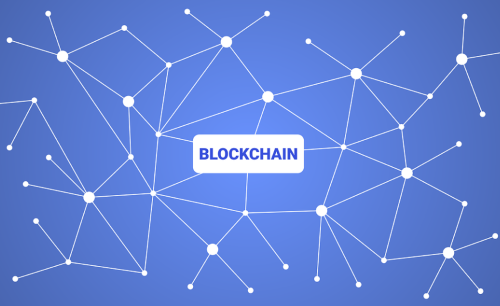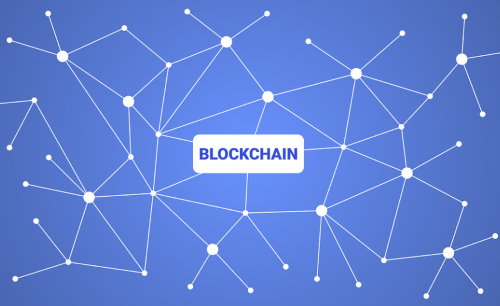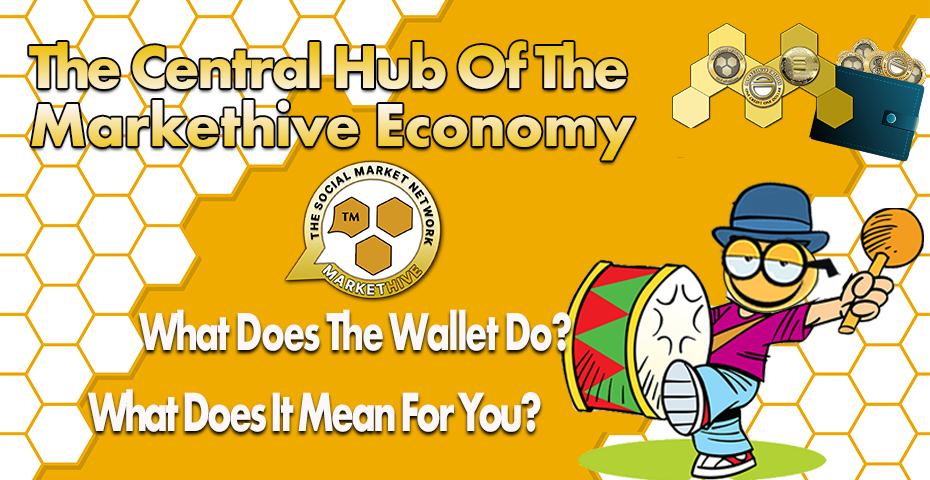


Image Source: Pixabay
Will the Ethereum 2.0 update reduce high gas fees?
Also called Eth2 and Serenity, Ethereum 2.0 is an upgrade to the Ethereum network that promises to bring several improvements.
Slated improvements to the network include reduced transaction fees, improved speed, and better scalability. The update is currently in development and is expected to be rolled out in stages over the next few years.
One of the key features of Ethereum 2.0 is sharding, a way of splitting up the workload so that transaction requests can be processed in parallel. In addition, the Ethereum 2.0 update will make use of proof-of-stake (PoS) rather than proof-of-work (PoW) when validating transactions and blocks. Read More
DeFi attacks are on the rise — Will the industry be able to stem the tide?
Dozens of DeFi systems have been hacked over the past year, and the trend doesn’t seem to be abating.
The decentralized finance (DeFi) industry has lost over a billion dollars to hackers in the past couple of months, and the situation seems to be spiraling out of control.
According to the latest statistics, approximately $1.6 billion in cryptocurrencies was stolen from DeFi platforms in the first quarter of 2022. Furthermore, over 90% of all pilfered crypto is from hacked DeFi protocols.
These figures highlight a dire situation that is likely to persist over the long term if ignored.
In recent years, hackers have ramped up operations targeting DeFi systems. One primary reason as to why these groups are drawn to the sector is the sheer amount of funds that decentralized finance platforms hold. Top DeFi platforms process billions of dollars in transactions each month. As such, the rewards are high for hackers who are able to carry out successful attacks.
The fact that most DeFi protocol codes are open source also makes them even more prone to cybersecurity threats.
This is because open source programs are available for scrutiny by the public and can be audited by anyone with an internet connection. As such, they are easily scoured for exploits. This inherent property allows hackers to analyze DeFi applications for integrity issues and plan heists in advance. Read More
How Metaplex Is Solving Solana’s Network-Crashing NFT Botting Problem
After the recent downtime, Solana’s NFT protocol developers go on the offense against transaction-spamming bots.
Solana’s network crash on April 30 was blamed on botting programs that swarmed popular NFT mints.
NFT protocol maker Metaplex has implemented a “bot tax” and is developing further measures to combat such issues, plus Solana is reworking its own network fees.
Amid a rising market for Solana NFT collections—headlined by recently hot projects like Okay Bears and DeGods—has come to an increase in malicious programs used to unfairly game new NFT launches on the blockchain. On April 30, it crashed the entire Solana network.
On that Saturday, such programs (or bots) sent an automated barrage of transactions—6 million per second, according to a postmortem report by Solana Labs—that overwhelmed the blockchain network. They did so in an attempt to beat out legitimate users during the minting process, in which collectors purchase newly generated NFT collectibles from a project.
The bots swarmed Candy Machine, the minting tool for Solana NFT protocol Metaplex, and took down the whole network in the process. Solana was completely unusable, causing a mad scramble amongst validators and contributors to diagnose the issue and bring the network back online. It took seven hours to restore service to Solana. Read More
DeFi transforming lending routes on the blockchain
Decentralized routes of lending and borrowing through smart contracts are allowing DeFi finally to overthrow the traditional finance sector.
The world of decentralized finance (DeFi) is gradually expanding to encompass a significant share of the global financial lending space by virtue of the inherently trustless manner of operation and the ease of accessing capital. As the crypto ecosystem has grown to a $2-trillion industry by market capitalization, new products and offerings have emerged thanks to burgeoning innovation in blockchain technology.
Lending and borrowing have become an integral part of the crypto ecosystem, especially with the emergence of DeFi. Lending and borrowing are one of the core offerings of the traditional financial system, and most people are familiar with the terms in the form of mortgages, student loans, etc.
In traditional borrowing and lending, a lender provides a loan to a borrower and earns interest in exchange for taking the risk, while the borrower provides assets such as real estate, jewelry, etc., as collateral to obtain the loan. Such a transaction in the traditional financial system is facilitated by financial institutions such as a bank, which takes measures to minimize the risks associated with providing a loan by conducting background checks such as Know Your Customer and credit scores before a loan is approved. Read More

What Does The Wallet Do? What Does It Mean For You?
The launch of the Markethive wallet is approaching, so it’s time to start beating the proverbial drum. It is the start of an exciting time with the advent of many integrations to follow the release of the wallet that will bring Markethive into prominence as an unprecedented platform. The combination of inbound marketing, social media, digital broadcasting, video, conference rooms, e-commerce, gamification, etc.
Markethive is a blockchain-driven crypto economy, all-inclusive, with a distributed database system required for this decentralized, monolithic global project. We’re almost there with the release of the wallet that will initiate entrepreneurial sovereignty and open the floodgates of this divine enterprise with its plethora of systems and services, including the new interface and dashboard.
We now have a complete working wallet with the Solana Network, and we also have a fully functional crypto merchant account. The Markethive wallet is being polished with the finishing touches, keeping mindful that it’s not just a simple wallet but a comprehensive, dynamic engine centralized for you that powers your platform and business.
Markethive is fundamentally a sophisticated inbound marketing and storefront platform, integrated with a social network, and not just another social media platform you see popping up to counter the media tech giants we’ve come to know as oppressive, censoring you and using your personal data for their own gain. Read More
After the Collapse of Terra's UST, What's Next for Algorithmic Stablecoins?
UST is just one of many algorithmic stablecoins on the market. Here's their path forward, according to stablecoin experts.
Terra's UST stablecoin is trading well below its $1 target.
Stablecoin creators and skeptics alike believe collateralization is key to consumer confidence.
On Monday, the Federal Reserve released a report that identified three assets with funding risks: certain money market funds, some bond funds, and stablecoins. The latter sector, it said, "remains exposed to liquidity risks" and "vulnerable to runs."
That same day, Terra's UST stablecoin lost over 30% of its value during a bank run hastened by low liquidity on the network's primary lending protocol, Anchor. Two days later, the stablecoin has drifted even further from its peg, while Terra's native LUNA token has lost nearly all of its value. Similarly, decentralized stablecoins, including Neutrino, FRAX, Celo Dollar, and sUSD, have found themselves below the $0.98 mark at some point this week as consumer confidence is being tested.
The natural question is: Is this the end for algorithmic stablecoins?
First-generation stablecoins from Tether and Circle maintain their value via assets in the bank. Every time someone purchases 1 USDT or USDC for a dollar, Tether or Circle takes that dollar and stores it so that holders can always redeem what they have. That's the idea, anyway. In reality, a variety of other "cash equivalents" and/or debt instruments may be backing the coins in circulation. Read More
How the Metaverse could impact the lives of kids
The Metaverse is a virtual environment where people can carry out various tasks.
The term “metaverse” was a term originally coined by science fiction writer Neal Stephenson in his influential 1992 novel Snow Crash to represent a virtual reality environment connected through the internet and accessible from any device such as a computer or smartphone with an internet connection.
Today’s Metaverse isn’t too far off from Stephenson’s version. Although not yet fully existent, you could think of the Metaverse as a patchwork of online virtual worlds that exist online. People can do various things on the Metaverse such as own virtual real estate, play games, work, and meet other people.
For kids, this means endless opportunities for socializing, learning new skills, and exploring their interests. Minecraft, for example, is already being used in learning environments to expose children to different cultures through the Metaverse.
Kids can truly benefit from the Metaverse, whether they are playing online games with friends or taking virtual classes through educational platforms. However, there are also some potential downsides to this new technology such as cyberbullying and exposure to inappropriate content. Ultimately, it will be up to parents and educators to help kids navigate the Metaverse in a safe and productive way. Read More
Do Kwon Suggests Terra Hard Fork to Revive Troubled Network
Do Kwon, the CEO of Terraform Labs, believes hard forking the Terra blockchain will play an instrumental role in saving the troubled network.
In a series of tweets, Kwon suggested:
“The Terra chain as it currently exists should be forked into a new chain without algorithmic stablecoins called “Terra” (token Luna - LUNA), and the old chain be called “Terra Classic” (token Luna Classic - LUNC). Both chains will coexist.”
According to Investopedia, a hard fork refers to a radical change to the protocol of a blockchain network that effectively results in two branches, one that follows the previous protocol and one that follows the new version. In a hard fork, holders of tokens in the original blockchain will be granted tokens in the new fork as well, but miners must choose which blockchain to continue verifying.
After being forked, the new chain, Terra (LUNA), will not support the algorithmic TerraUSD (UST) stablecoin, whereas the old one will house the Luna Classic (LUNC) token. Read More
UK court recognizes NFTs as ‘private property’ — What now?
Not all the experts are rushing to call the development “groundbreaking,” but it will certainly help the industry combat fraud.
“The underlying property or asset that the NFT represents, be that artwork or any other copyrightable material, are still governed in the U.K. by the same copyright laws as in the United States,” Tom Graham, U.K.-based CEO and co-founder of Web3 company Metaphysic.ai, explained to Cointelegraph. “This decision doesn’t help clarify that distinction.”
But for Graham, the ruling still set an “interesting precedent,” as the court had issued an injunctive order to OpenSea. This is significant in terms of courts stepping in and providing injunctive relief where NFTs have been stolen. He added:
“It is now unambiguous that NFTs are governed by the same property laws in the U.K. that govern all other property. It sets a great precedent for people investing in NFTs that the court system, at least in the U.K., will protect their property rights.”
Speaking to Cointelegraph, Anna Trinh, chief compliance officer of digital finance firm Aquanow, noted that the ruling is not revolutionary, but not without “executive importance.” Establishing legal precedent that affirms what most already believed to be the case may give NFT platforms more comfort in demanding to freeze malevolent actors’ accounts. Trinh said:
“I don’t think NFTs being recognized as private or personal property is much of a surprise. You can buy, sell or trade NFTs, which essentially points to them being personal property on first principles. It would have been more shocking had the court held that NFTs were not personal property.” Read More
Disclaimer: These articles are provided for informational purposes only. They are not offered or intended to be used as legal, tax, investment, financial, or any other advice.